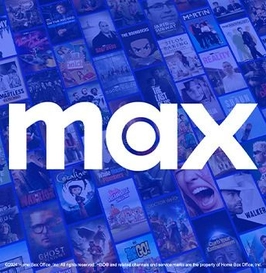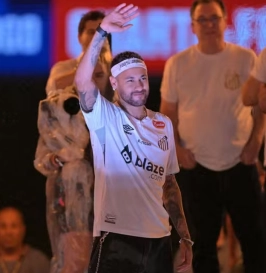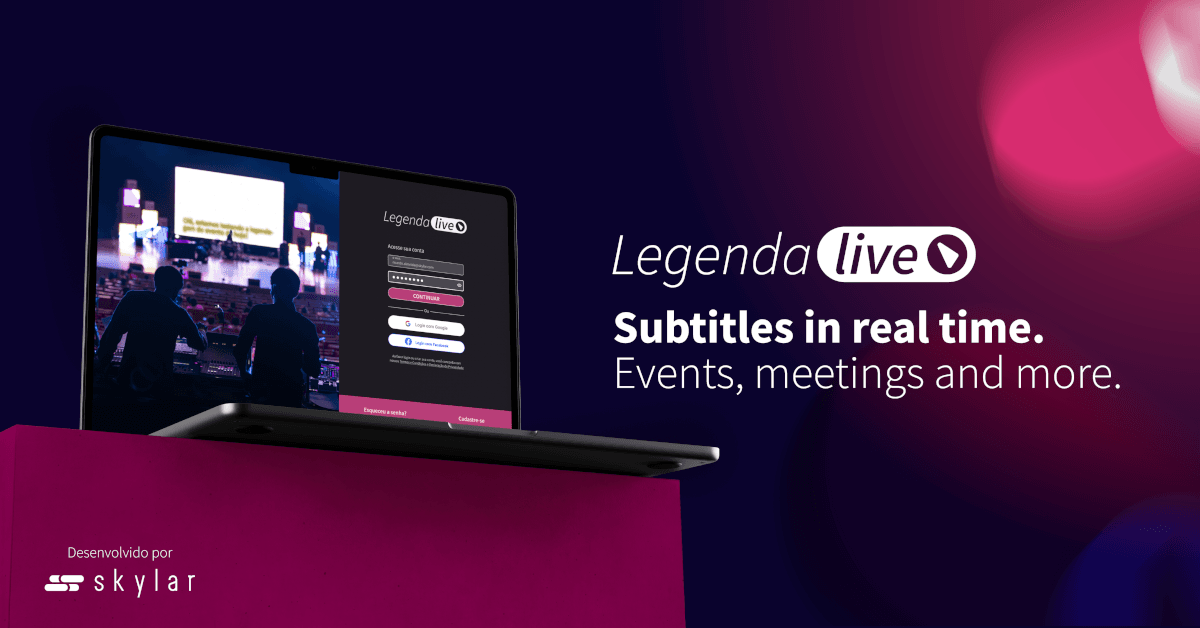Brazil's Return to Formula 1 and the Role of Accessibility in Sports Broadcasting
Gabriel Bortoleto's Formula 1 debut in 2025 is more than a sporting event; it marks a new and long-awaited chapter for Brazilian motorsport. After eight years of absence – the longest since 1970 –, Brazil is back in the top category of motorsport, renewing the national passion that has vibrated with names such as Senna, Piquet, and Massa. Hired by Sauber, the 20-year-old driver arrives with great expectations and the burden of carrying that tradition. His presence not only revives the emotional connection with fans who had become distant but also captivates a new generation eager to immerse themselves in this universe of speed and stories.
For this moment of reconnection to be even more comprehensive and inclusive, it is fundamental to have resources that broaden access to information and sports experience. Live subtitling, simultaneous translation, and automatic subtitling technologies enable more democratic and accessible coverage, both at in-person events and online broadcasts. With the use of Artificial Intelligence and Machine Learning, it is possible to offer subtitles with real-time translation in Portuguese, English, and Spanish, connecting the Brazilian public to the international scene and vice versa.
With the return of Brazilians' interest in Formula 1, driven by Bortoleto's debut, the demand for accessible and translated content in real time is also growing. Broadcasts with live subtitles and simultaneous translation are essential to bring this new audience closer to the sports narrative — whether in interviews, press conferences, or technical analysis. Resources such as automatic subtitles and Portuguese translations help those just starting out understand technical terms and race details, while subtitles with translation into other languages allow Brazil to regain its prominence on the global stage. Technology, in this sense, not only informs — it integrates and engages.
Brazilian audience engagement, especially on social media and live broadcasts, is something every content producer dreams of achieving. Taking advantage of this return in national interest in Formula 1 with tools such as simultaneous subtitling, real-time translation, and digital accessibility is a strategy that strengthens the relationship between the sport and its fans. In an increasingly connected landscape, investing in technologies that broaden the reach and understanding of sports content is essential to transform momentary enthusiasm into a lasting bond between the public and motorsport.






